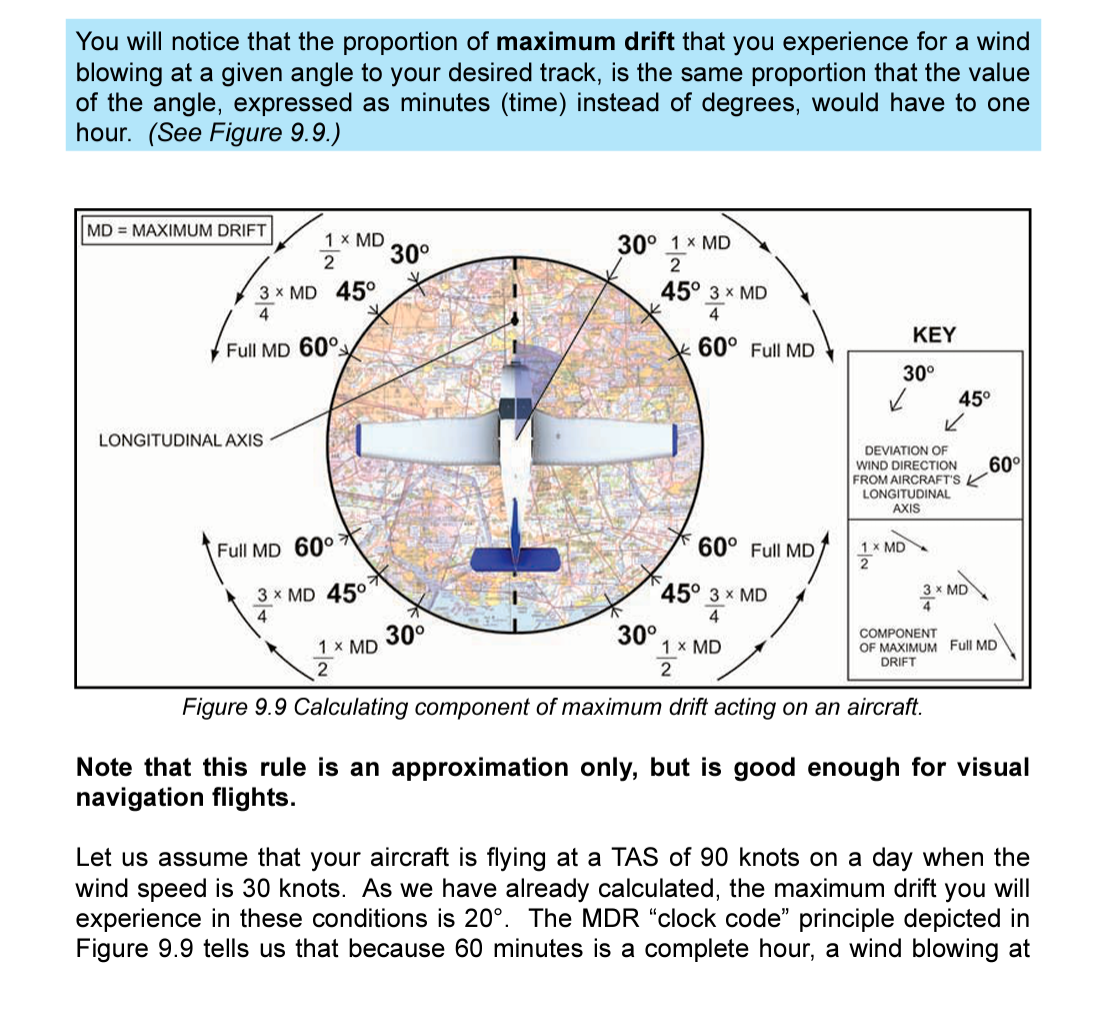When I was 13 years old I took diving lessons from an ex-Navy SEAL. He was, as one might imagine, one tough motherfucker.
His favourite trick was to cover the inside of our masks with tin foil, dunk us in freezing water and drop nets on us. Or, if he ran out of nets, turn our air off, or pull our respirators out of our mouths, or shoot us with a spear gun. OK, I made up that last one but I’m sure the thought crossed his mind.
The terror of our water exercises was complement nicely by the horrors illustrated in the classroom lectures where we were told, in vivid detail, of the hundreds of ways to die while diving. Some were grisly, some were prolonged and, more often than not, both.
When it came time for the open-water exam I was a petrified mass of pimply-faced goo. I knew what to expect. We were all to sit in a circle on the ocean floor, masks covered, waiting for our instructor to do horrible things to us. But this time we weren’t ten-feet down in a clear swimming pool. We were 30’ under the ocean, with zero visibility and a madman was about to turn off our air.
It would be nice to say that as scared as I was, I somehow found the resolve to endure the crucible. Not even close. I panicked and folded like a house of cards. As soon as I got my masked ripped off and my air stopped I broke to the surface faster than an Englishman running to free beer.
A little while later, as I sat on the beach, feeling like a coward and waiting for the rest of my class to finish their dive, my mum, who had been lingering in the car park, came up to see what had happened.
“I couldn’t do it. I was too scared.” I said, still shaking from the cold, the fear and the embarrassment.
“You need to try again.”
“I don’t want to.”
She took a step back, folded her arms and said, “You know, other people have done it and so can you.”
“Uh…” I said.
‘But…” I continued.
“If it wasn’t too hard for them, it’s not too hard for you.”
That made all the difference. Instead of trying to comfort me when I failed a difficult task, my mum made me feel ashamed that I couldn’t even do what loads of other people had done. Obviously this was in the days before the self-esteem craze and it was exactly the motivation that I needed.
One week later, sitting on the seabed 30’ down I felt my mask get pulled from my face and pinched my nose so I could keep breathing through my respirator. When my air was cut off I signalled to the guy sitting next to me and we buddy-breathed. When my tank was unhooked I hitched it back up. No panic. I did what I was trained to do.
Thirty-five years later, trying to learn to fly, I am continually reminded of that diving course, my failure, panic and what it took to overcome my fear.
When I started taking lessons, a pilot told me, “You can’t bluff your way through flight school.” Each and every time I go up I realize how true that is. In normal life we look for shortcuts to make our jobs, commutes and even our relationships easier. Little corners we cut because in most cases just good enough is good enough. Unless we are attempting to cross a rotted rope bridge spanning a 1000’ gorge, we don’t usually operate in an environment where a single mistake will kill us. In flying we get that all the time.
Can you remember the last time you looked at the oil temperature and pressure gauges in your car (if it even has them)? In a light aircraft you look at the “engine Ts&Ps” every 15 minutes if you want to stay in the air. What was the atmospheric pressure, dew point and wind velocity at your altitude when you popped down to the store for a pint of milk? How much does your car, four passengers, their luggage and a full tank of fuel weigh? You best know all that if you are trying to take off from a high-altitude airstrip when it is hot, muggy and your 19 stone aunt insists on bringing her collection of antique bricks.
Next to tightrope walking, polar exploration and playing chicken with nuclear submarines, I can think of few human endeavours apart from flying where the consequences of small mistakes can lead to such catastrophic outcomes.
When you advance the throttle to full and start rolling along the runway you always think, “what if…” When the wheels leave the earth and you are suddenly, joyfully, in the air you look around and wonder, “where would I put her down if…” When you’re making a hard turn, pulling a couple of Gs, watching your airspeed and bank angle along with the horizon, the stall and spin recovery checklists play out in your head.
For me, because I’m still Bambi, none of this is automatic. I have to think before I act and on more than a few occasions my flight instructor had to step in to keep us safe and/or alive. From where I am sitting now, I can’t even imagine a time when I wouldn’t have the safety net of a trained pilot next to me. Eventually though, if I keep this up, either the training wheels will have to come off or I will have to walk away.
Inside this middle-aged body is the echo of that 13-year-old boy. Trying something dangerous, exciting, frightening. Scared more of failure than harm.
“Other people have done it, so can you.”
Damn right. Thanks mum.

